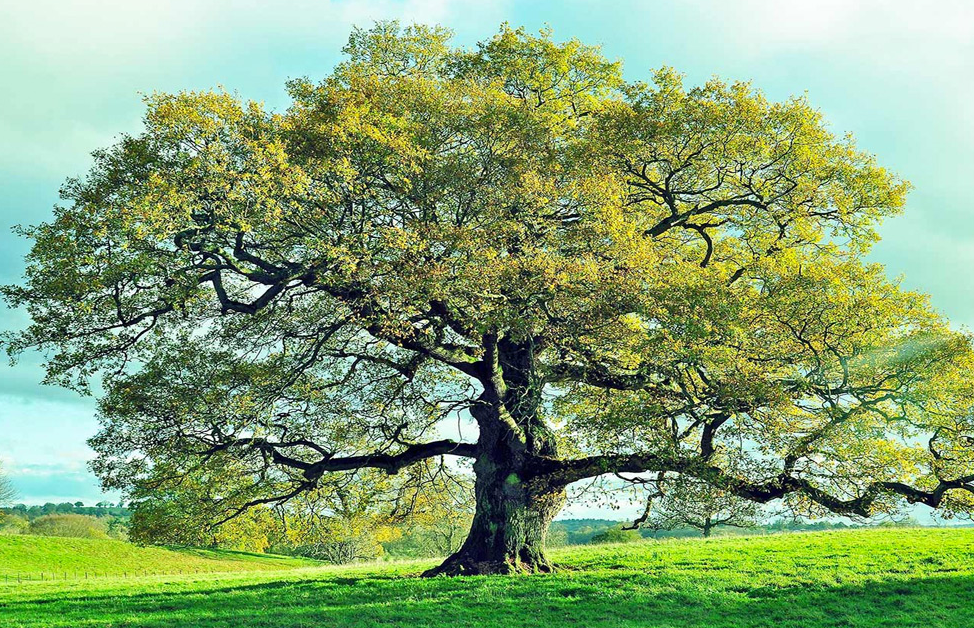In this article, we will explore the Chad National Tree, known as Vitellaria Paradoxa, and delve into its characteristics, cultural significance, and conservation efforts. National trees hold significant cultural and ecological importance, acting as symbols of national identity and representing the unique biodiversity found in different countries. Let’s embark on this journey to discover the hidden treasures of Chad’s national tree.
Introduction to Vitellaria Paradoxa
Vitellaria Paradoxa, commonly referred to as the Chad National tree or Shea tree, is a species of tree native to the African continent. It is primarily found in the Sudano-Sahelian zone, spanning across countries such as Chad, Sudan, Mali, and Nigeria. The tree thrives in semi-arid regions and plays a crucial role in the livelihoods of local communities.
Importance of Chad National Tree
Vitellaria Paradoxa holds immense economic value for Chad. The tree produces shea nuts, which are rich in fats and serve as the primary raw material for shea butter production. Shea butter, known for its moisturizing and healing properties, is a valuable commodity in the global cosmetic industry. It is used in various skincare products, including lotions, creams, and soaps.
Moreover, the shea industry provides employment opportunities for many Chadians, particularly women who engage in traditional shea nut harvesting and butter processing. This economic activity plays a vital role in poverty alleviation and rural development, empowering local communities and contributing to the country’s economy.
Apart from its economic significance, Vitellaria Paradoxa holds cultural value for the people of Chad. The tree is deeply rooted in traditional practices and folklore, symbolizing fertility, beauty, and protection. Shea butter is used in local ceremonies, such as weddings and births, and is believed to have spiritual and healing properties.
Characteristics of Chad National Tree
Vitellaria Paradoxa is a deciduous tree that can reach heights of up to 15 meters. It has a distinctive spreading crown and grayish-brown bark. The leaves are elongated and arranged in spirals, providing shade in the scorching heat. The tree’s flowers are small and yellowish-green, attracting various pollinators.
The life cycle of Vitellaria Paradoxa is fascinating. It takes approximately 20 years for the tree to reach full maturity and start producing shea nuts. The fruits, resembling plums, contain a pulp that surrounds the seed, which is the source of shea butter. The nuts are harvested and processed to extract the valuable butter, which is then used for various purposes.
Traditional Uses of Vitellaria Paradoxa
The versatility of Vitellaria Paradoxa extends beyond its economic value. The tree has been used for centuries in traditional medicine. The leaves, bark, and roots contain compounds with medicinal properties, and they are used to treat various ailments, including inflammation, wounds, and skin conditions.
Furthermore, shea butter derived from Vitellaria Paradoxa is rich in essential fatty acids and vitamins, making it a valuable ingredient in skincare products. It moisturizes the skin, reduces dryness, and provides relief from conditions such as eczema and dermatitis.
Conservation Efforts and Challenges for Chad National Tree
Despite the significance of Vitellaria Paradoxa, the tree faces several challenges that threaten its existence. Deforestation, climate change, and unsustainable harvesting practices pose significant threats to the species and its habitat. The demand for shea butter in international markets has increased, leading to the intensification of shea nut collection.
To address these challenges, conservation initiatives have been implemented. Local communities, governments, and non-governmental organizations are working together to promote sustainable harvesting practices, raise awareness about the ecological importance of Vitellaria Paradoxa, and support reforestation efforts. Additionally, international collaborations aim to strengthen the shea industry’s sustainability and ensure fair trade practices.
Conclusion
The Chad National tree, Vitellaria Paradoxa, represents the rich cultural heritage and natural wealth of Chad. It serves as an economic lifeline for many communities, provides valuable medicinal resources, and contributes to the country’s cultural identity. However, concerted efforts are required to ensure the long-term survival of this species in the face of environmental challenges. By valuing and protecting the Chad National tree, we not only preserve a symbol of national pride but also support sustainable development and biodiversity conservation.
FAQs
- What is the scientific name of the Chad National tree?
The scientific name of the Chad National tree is Vitellaria Paradoxa.
- How is Vitellaria Paradoxa used in traditional medicine?
Various parts of the Vitellaria Paradoxa tree, such as the leaves, bark, and roots, are used in traditional medicine to treat inflammation, wounds, and skin conditions.
- What are the conservation challenges faced by Vitellaria Paradoxa?
Vitellaria Paradoxa faces challenges such as deforestation, climate change, and unsustainable harvesting practices, which threaten its existence and habitat.
- Are there any alternative names for Vitellaria Paradoxa?
Vitellaria Paradoxa is commonly known as the Chad National tree or Shea tree.
- How does the Chad National tree contribute to the local economy?
The Chad National tree plays a crucial role in the local economy through the production of shea nuts, which are processed to extract shea butter. This industry provides employment opportunities and contributes to the country’s economy.
References
- FAO. (2009). Non-Wood Forest Products of Central Africa: Current Research Issues and Prospects for Conservation and Development. Food and Agriculture Organization of the United Nations. Retrieved from http://www.fao.org/docrep/012/i1022e/i1022e00.htm
- Shackleton, C. M., & Shackleton, S. E. (2004). The Importance of Non-Timber Forest Products in Rural Livelihood Security and as Safety Nets: A Review of Evidence from South Africa. South African Journal of Science, 100(11/12), 658-664.
- Arnold, J. E. M., & Köhlin, G. (2002). Woodfuels, Livelihoods, and Policy Interventions: Changing Perspectives. World Development, 30(7), 1247-1267.

